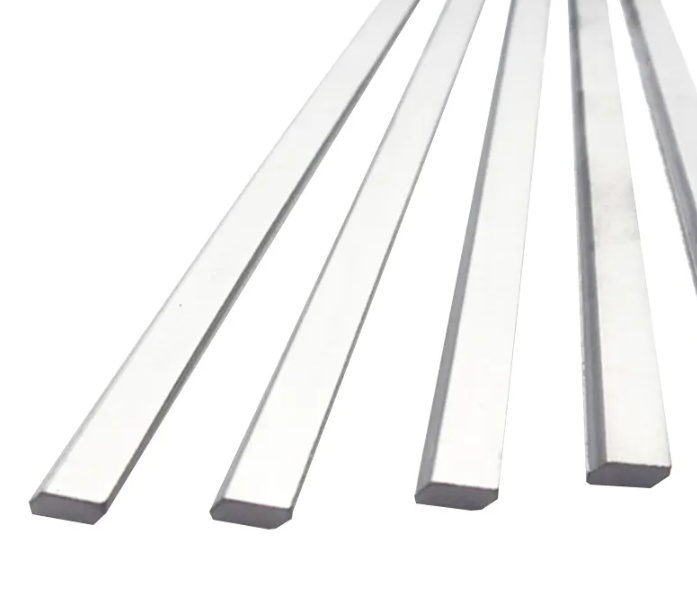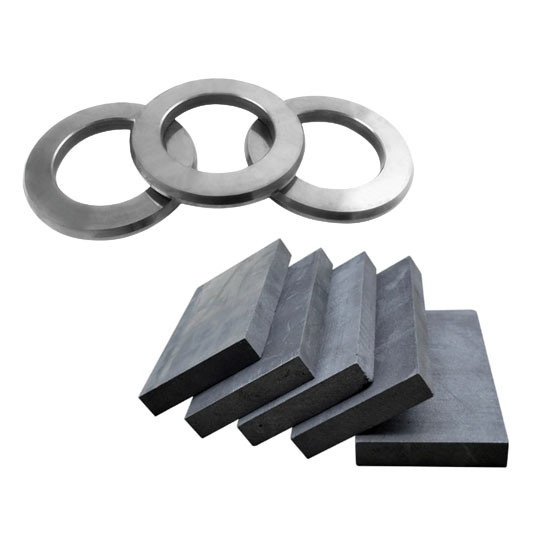소개: 소개: 제조 및 금속 가공에서 초경 및 세라믹 절삭 공구의 중요성
가공에 있어 어떤 도구를 선택하느냐에 따라 효율성, 정밀도, 전체 생산 비용이 달라질 수 있습니다. 카바이드 와 세라믹 공구는 제조 및 금속 가공 산업에서 가장 널리 사용되는 두 가지 절삭 재료입니다. 하지만 어떤 것이 여러분의 용도에 가장 적합할까요?
카바이드와 세라믹 절삭 공구는 모두 고유한 장단점이 있습니다. 카바이드 공구는 인성과 다용도로 사용할 수 있어 다양한 재료에 이상적입니다. 반면 세라믹 공구는 경도와 내열성이 뛰어나 고속 가공 작업에 탁월한 것으로 알려져 있습니다.
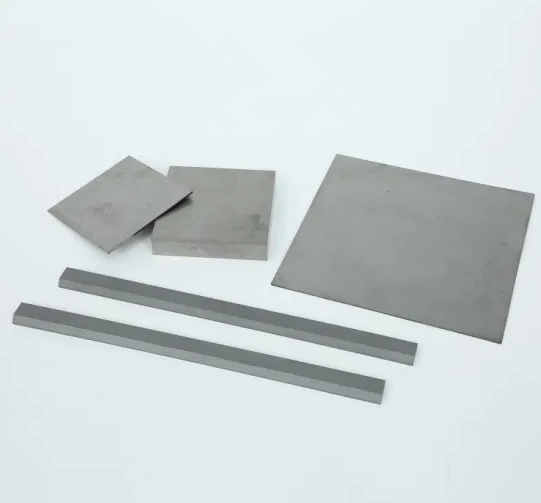
카바이드의 재료 및 구성 대 세라믹 도구
카바이드와 세라믹 절삭 공구의 근본적인 차이점은 구성에 있습니다. 자세히 살펴보겠습니다:
카바이드 도구 구성
초경 절삭 공구는 주로 텅스텐 카바이드(WC) 입자가 금속 결합제(보통 코발트(Co))와 결합된 형태로 만들어집니다. 가장 일반적인 변형은 다음과 같습니다:
- 초경합금(WC-Co): 텅스텐 카바이드와 코발트의 혼합물로 인성과 경도의 균형을 제공합니다.
- 서멧(세라믹 + 금속): 세라믹과 금속의 조합으로 내마모성과 향상된 인성을 제공합니다.
- 코팅 탄화물(TiN, TiAlN, Al2O3 코팅): 고속 절삭 성능을 향상시키기 위해 티타늄 질화물(TiN), 티타늄 알루미늄 질화물(TiAlN) 또는 알루미늄 산화물(Al2O3)로 코팅된 초경 공구입니다.
세라믹 도구 구성
반면 세라믹 도구는 경도와 내마모성이 매우 뛰어난 비금속 무기 재료로 구성되어 있습니다. 일반적인 세라믹 도구 재료는 다음과 같습니다:
- 알루미나(Al2O3): 가장 일반적인 세라믹 절삭 공구 소재로 내마모성이 뛰어납니다.
- 질화규소(Si3N4): 고속 황삭 작업에 적합한 견고한 세라믹 소재입니다.
- 수염 강화 세라믹(SiCw + Al2O3): 알루미나로 강화된 실리콘 카바이드 수염으로 극한의 인성을 제공합니다.
- 혼합 세라믹(Al2O3 + TiC): 알루미나와 티타늄 카바이드가 혼합되어 강도와 내열성이 향상되었습니다.
카바이드의 경도 및 내마모성 및 세라믹 도구
경도에 있어서는 세라믹 공구가 선두를 달리고 있습니다. 세라믹 공구는 카바이드 공구보다 훨씬 단단하기 때문에 고속 가공 및 경화 재료 절단에 이상적입니다. 그러나 세라믹 공구는 카바이드보다 훨씬 더 부서지기 쉽기 때문에 경도가 높아지면 비용이 발생합니다.
- 카바이드 경도: 일반적으로 1,500-2,000 HV(비커스 경도) 범위입니다.
- 세라믹 경도: 일반적으로 2,500 HV를 초과하며 때로는 3,000 HV에 이르기도 합니다.
세라믹 공구는 내마모성이 뛰어나 연속 절삭 작업에서 더 오래 사용할 수 있습니다. 그러나 카바이드 공구는 내충격성이 우수하여 중단 절단에 적합합니다.
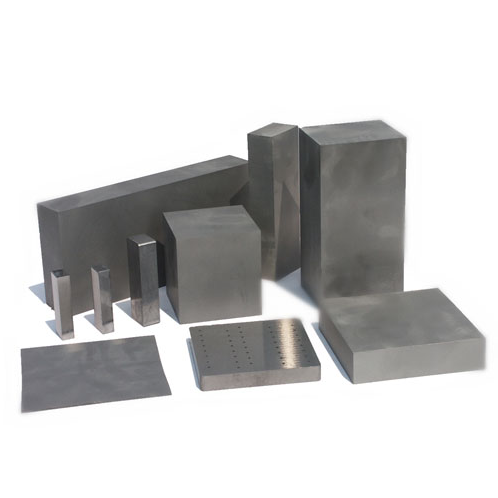
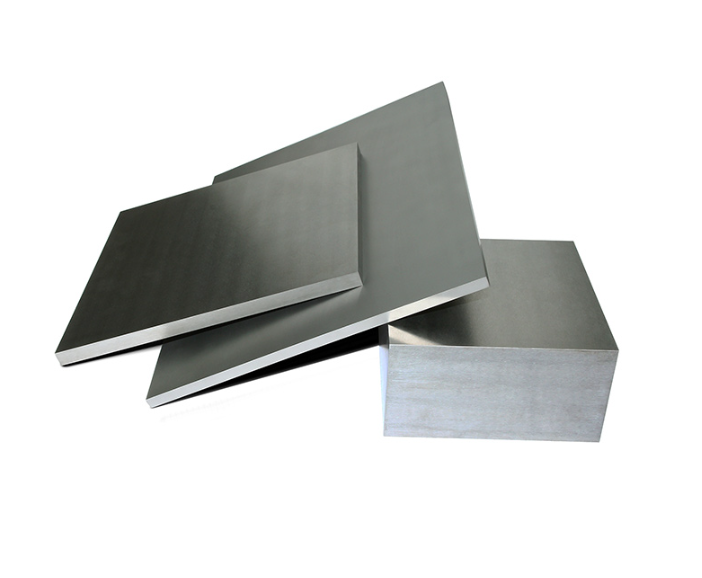
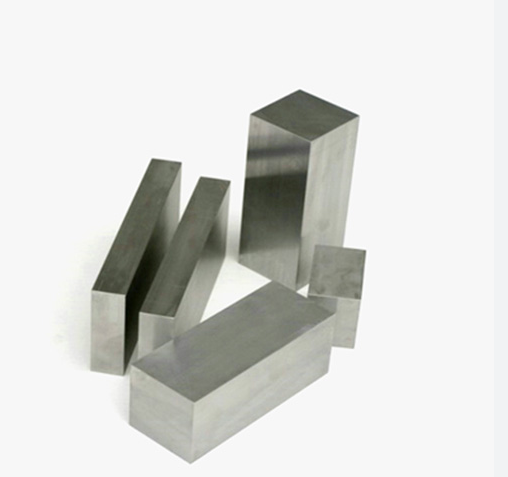
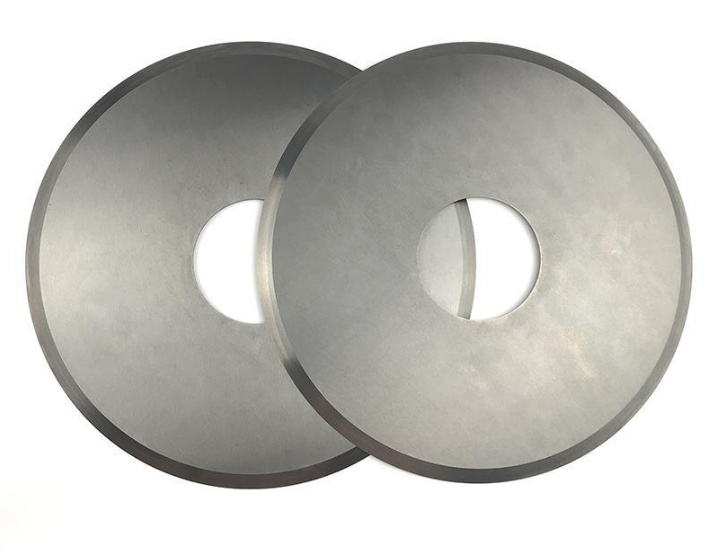
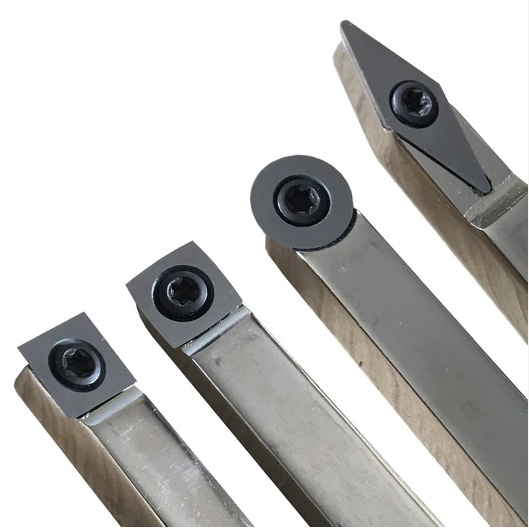
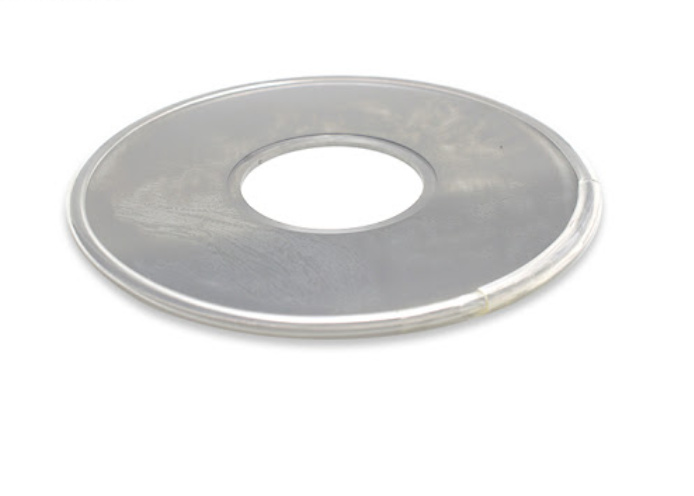
절단 속도 및 효율성 비교
| 기능 | 카바이드 도구 | 세라믹 도구 |
|---|---|---|
| 절단 속도 | 150-300m/분 | 500-1,200m/분 |
| 피드 속도 | 보통 | 높음 |
| 애플리케이션 | 일반 목적 | 고속 가공 |
| 가공 유형 | 밀링, 드릴링, 터닝 | 고속 회전 |
내열성 및 방열 성능
| 기능 | 카바이드 도구 | 세라믹 도구 |
|---|---|---|
| 최대 온도 저항 | 800-1,000°C | 1,200-1,400°C |
| 열 방출 | 보통 | 높음 |
| 건식 가공에 적합 | 아니요 | 예 |
| 열 전도성 | 높음 | 낮음 |
카바이드에 적용 가능한 공작물 재료 및 세라믹 도구
카바이드 도구는 다음과 같은 용도에 가장 적합합니다:
- 연강 및 스테인리스 스틸
- 주철
- 알루미늄 및 비철금속
- 합성물
세라믹 도구가 가장 적합합니다:
- 경화 강철(HRC > 50)
- 초합금(인코넬, 하스텔로이, 와스팔로이)
- 티타늄 합금
- 주철(고속 애플리케이션)
카바이드 공구와 세라믹 공구의 비용 및 경제성
비용은 도구 선택에 있어 필수적인 요소입니다. 세라믹 공구는 고속 작업에서 더 오래 사용할 수 있지만, 깨지기 쉽기 때문에 조심스럽게 다루어야 합니다. 카바이드 공구는 비용 대비 성능에 대해 보다 균형 잡힌 접근 방식을 제공합니다.
| 기능 | 카바이드 도구 | 세라믹 도구 |
|---|---|---|
| 초기 비용 | Lower | 더 높음 |
| 도구 수명 | 보통 | 더 길어짐(올바르게 사용하는 경우) |
| 비용 효율성 | 다용도, 비용 효율적 | 고속 커팅에 적합 |
| 유지 관리 | 덜 민감하고 더 관대한 | 더 취약하고 전문성 필요 |
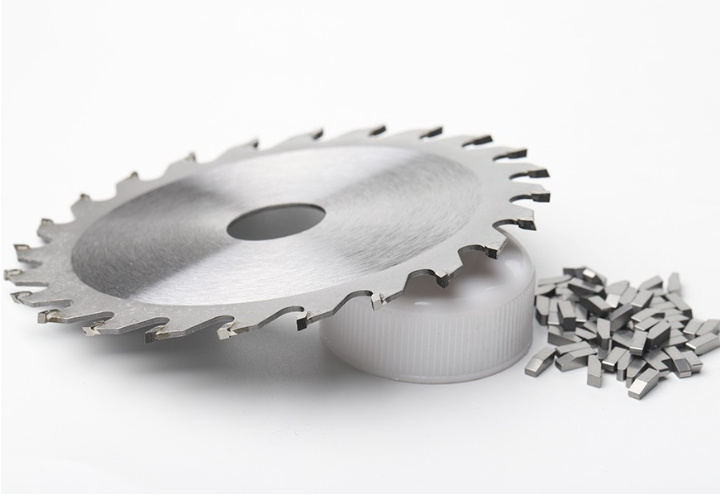
자주 묻는 질문
| 질문 | 답변 |
|---|---|
| 어떤 도구가 더 오래 지속되나요? | 세라믹 공구는 고속 가공에서 더 오래 사용할 수 있지만 카바이드 공구는 일반적인 응용 분야에서 내구성이 더 뛰어납니다. |
| 세라믹 도구는 더 비쌉니까? | 예, 하지만 적절한 애플리케이션에서 더 긴 수명을 제공합니다. |
| 중단된 컷에 세라믹 도구를 사용할 수 있나요? | 아니요, 세라믹 도구는 깨지기 쉬우며 중단된 절단에서 부서지기 쉽습니다. |
| 카바이드 도구는 초보자에게 더 효과적일까요? | 예, 카바이드 도구는 세라믹보다 사용하기 쉽고 더 관대합니다. |
| 알루미늄에는 세라믹 도구를 사용해야 하나요? | 아니요, 카바이드 공구는 인성이 강해 알루미늄에 더 적합합니다. |
| 경화강에 가장 적합한 공구는 무엇인가요? | 세라믹 공구는 경화강 가공에 가장 적합한 성능을 발휘합니다. |
| 카바이드 공구는 고온을 견딜 수 있나요? | 어느 정도까지는 그렇지만 세라믹은 열을 훨씬 더 잘 견딥니다. |

